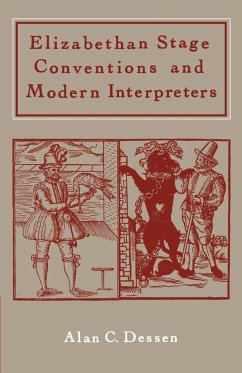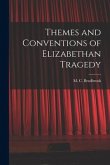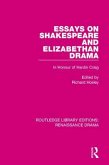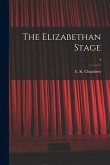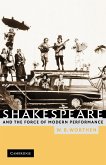Alan Dessert samples about four hundred manuscripts and printed plays to record the original staging conventions of the age of Shakespeare. After studying the stage properties, movements and configurations implicit in recurrent phrases and stage directions, he concludes that Elizabethan spectators, less concerned with realism than later generations, were used to receiving a kind of theatrical shorthand transmitted by the actors from the playwright. Professor Dessert both describes this shorthand (e.g. the use of nightgowns, boots and dishevelled hair) and draws attention to the implications of his findings for modern interpreters, addressing not only critics and teachers but also editors, actors and directors.
Table of contents:
Preface; Note on texts and old spelling; 1. The arrow in Nessus: Elizabethan clues and modern detectives; 2. Interpreting stage directions; 3. The logic of 'this' on the open stage; 4. Elizabethan darkness and modern lighting; 5. The logic of 'place' and locale; 6. The logic of stage violence; 7. Theatrical metaphor: seeing and not-seeing; 8. Conclusion: Elizabethan playscripts and modern interpreters; Notes; List of plays and editions; Index.
Hinweis: Dieser Artikel kann nur an eine deutsche Lieferadresse ausgeliefert werden.
Table of contents:
Preface; Note on texts and old spelling; 1. The arrow in Nessus: Elizabethan clues and modern detectives; 2. Interpreting stage directions; 3. The logic of 'this' on the open stage; 4. Elizabethan darkness and modern lighting; 5. The logic of 'place' and locale; 6. The logic of stage violence; 7. Theatrical metaphor: seeing and not-seeing; 8. Conclusion: Elizabethan playscripts and modern interpreters; Notes; List of plays and editions; Index.
Hinweis: Dieser Artikel kann nur an eine deutsche Lieferadresse ausgeliefert werden.

